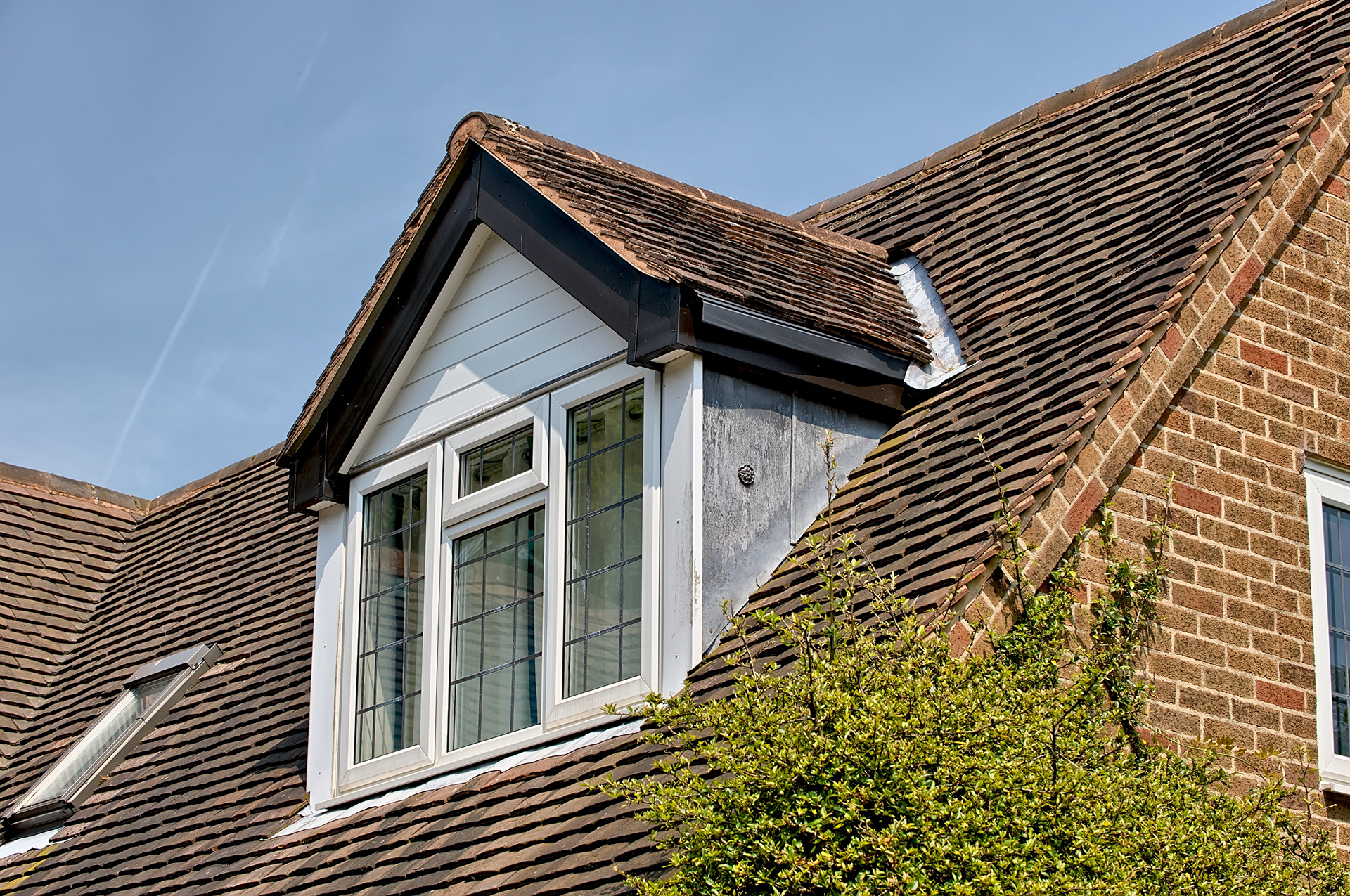Essential Maintenance for UPVC Fascia Boards and Guttering

Maintaining UPVC fascia boards and guttering are the bane of many homeowners’ lives. But it’s one of those things that has to be done, otherwise problems can occur. From blocked or leaking guttering, to unwanted rodent visitors, broken UPVC fascia boards and guttering can lead to many potential disasters.
To keep disasters at bay, there are ways you can maintain your UPVC fascia boards and guttering. Here are just a few:
1. Keep your UPVC fascia boards and guttering clear
One of the most common types of problems with UPVC fascia boards and guttering stems from not keeping them clear. For example, if you have cracked or damaged fascia boards that are covered by big trees, you may not notice there’s a problem. The first sign you may have of something being amiss is wet internal walls or mould growing on the inside of your home. What’s more, broken UPVC fascia boards lead to unsupported guttering, which could lead to more serious problems.
If your guttering is full of debris and leaves, the water will have nowhere to go, and could begin ingressing into your property. If possible, regularly clear out your guttering to prevent them becoming waterlogged and pay close attention to its condition.
2. Patch up any cracks or holes in your UPVC fascia boards
A tiny hole in your UPVC fascia boards might not seem like a big deal. But here’s the thing – rodents can fit into the tiniest of holes and it only takes one to start an infestation. As the fascia boards often protect the roof space and rafters of your home, this has the potential to be very serious.
The minute you spot an issue in your board, repair it yourself or call someone who can. If you choose to undertake the UPVC fascia board repair yourself, choose an appropriately sized UPVC screw cap top and use specialist glue to go around the edges. If you have a rodent infestation but can’t see any obvious holes, a roofing specialist will be able to inspect your UPVC fascia boards and guttering to spot entrance signs.
3. Replace damaged parts of the UPVC fascia boards and guttering
If there are areas of your fascia boards or guttering that are broken, replace them as soon as possible to prevent more damage. It’s also wise to check for signs of wear and tear, such as hairline cracks, sagging, standing water and overflowing water. All these things are indications that something is amiss and needs attention as soon as possible. By taking these steps, you can prevent a potential disaster and save pounds in the process.
4. Keep a UPVC fascia board and guttering toolkit to hand
While fascia board and guttering repair kit might not be top of your shopping list, it can be useful to have a few items to hand if disaster strikes. While you might not be confident repairing them yourself, a few basic tools can help stem the tide until professional help arrives. Some of the things to have on standby include: a set of ladders, gloves, a bucket, a couple of cap tops and a liquid rubber guttering repair kit. If, however, you have a metal or asbestos gutter, we’d always recommend leaving it well alone until help arrives.
5. Replace wooden fascia boards with UPVC fascia boards
If you do have wooden fascia boards, we would always recommend replacing them with UPVC fascia boards. Wood is prone to rotting which can lead to damaged rafters – not to mention ruining your home’s aesthetic. If the fascia boards of a home are not structurally strong and durable, the roof tiles can become unsupported and the rain from the roof can sweep straight into the guttering.
If you need expert help with your UPVC fascia boards and guttering, call MW Roofline to get expert help fast.